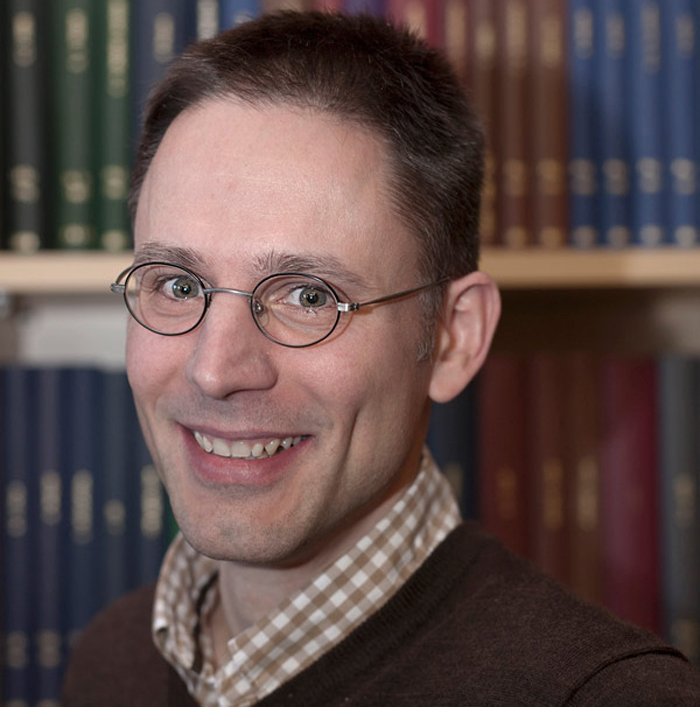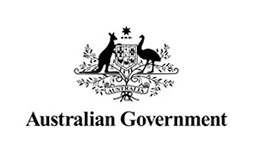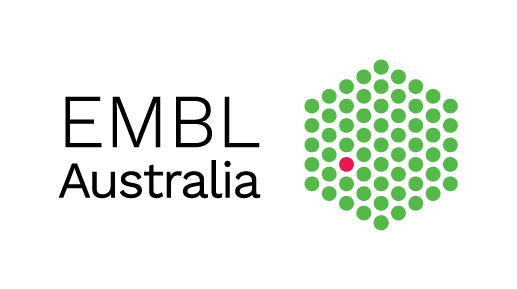Till Böcking

Molecular machines –what makes them tick?
To combat viruses, host cells have developed weapons to sabotage the delivery of viral genetic code into their nuclei. There are specialised proteins that either prematurely crack open the protective viral capsid encasing the virus—exposing its genetic material to degradation—or lock the DNA in so it cannot enter the nucleus.
Till Böcking wants to understand how these and other molecular machines work.
By reconstituting these protein interactions—and watching them work using single molecule imaging—Till can see just what is required for the machines to run. He also hopes his findings will help in drug design to improve these machines and fight disease.
We develop fluorescence imaging approaches to visualise the dynamics of self-assembly processes at the single molecule level. The advantage of single molecule measurements is that they can resolve the kinetics of processes without the need for synchronisation and permit the detection of short-lived intermediates in the reaction pathways that are otherwise averaged out in traditional ensemble measurements.
Our work draws on approaches from the physical sciences with development of microfluidic imaging devices, surface chemistry approaches and development of automated image analysis software.
Current projects at Molecular Machines Group page
About Till Böcking (he/him)
Till is a Professor in the Department of Molecular Medicine, School of Biomedical Sciences at UNSW. He has also been Co-Director (2015-2020)/Acting Director (since 2021) of the EMBL Australia Node in Single Molecule Science (SMS), and later Interim Head of Molecular Medicine (since 2023), as well as EMBL Australia Partnership Laboratory Head (since 2021). After undergraduate studies in biochemistry at the University of Bonn in Germany, he trained in the physical sciences at UNSW with Hans Coster (PhD in Biophysics) and then with Justin Gooding focusing on molecular self-assembly, before heading to Boston to work on the endocytosis machinery with cell biologist Tom Kirchhausen at Harvard Medical School. He established and has led the Molecular Machines Group since 2010.
Select Publications
Márquez CL; Lau D; Walsh J; Shah V; McGuinness C; Wong A; Aggarwal A; Parker MW; Jacques DA; Turville S; Böcking T (2018) Kinetics of HIV-1 capsid uncoating revealed by single-molecule analysis. eLife, vol. 7, http://dx.doi.org/10.7554/eLife.34772.
Mallery DL; Márquez CL; McEwan WA; Dickson CF; Jacques DA; Anandapadamanaban M; Bichel K; Towers GJ; Saiardi A; Böcking T; James LC (2018) IP6 is an HIV pocket factor that prevents capsid collapse and promotes DNA synthesis. eLife, vol. 7, http://dx.doi.org/10.7554/eLife.35335.
In the News
- UNSW receives more than $20m for 38 ARC Discovery Projects
- Bacterial pore formers pack a punch, one molecule at a time
- Breakthrough study shows how HIV is shielded from immune attack
Career Highlights
- McAulay-Hope Prize for Original Biophysics from Australian Society for Biophysics (2020)
- ARC Future Fellow (2011)
- NHMRC Career Development Award, honourary (2011)
- Australian Society for Biophysics Young Biophysicist Award (2008)
- Human Frontiers Science Program Cross-disciplinary Fellowship (2007)
Lab Members
- James Walsh (Postdoctoral fellow)
- Jeffrey Stear (Postdoctoral fellow)
- Martin Do (PhD student)
- Upasana Gupta (PhD student)
- Ryan Huynh (Honours Student)
Collaborators
Chaperone Mechanisms
- Danny Hatters, University of Melbourne
HIV Host-cell Interactions
- Stuart Turville, Kirby Institute, UNSW
- Leo James, MRC Laboratory of Molecular Biology
- Greg Towers, University College London
- David Jacques, UNSW
Actin Assembly Machines
- Peter Gunning, UNSW
- Adelle Coster, UNSW
- Paul Curmi, UNSW
- Guillaume Romet-Lemonne, Institut Jacques Monod, Paris
Single Molecule Approaches
- Yann Gambin, UNSW
- Emma Sierecki, UNSW
- Lawrence Lee, UNSW
Current Funding Sources
- Australian Research Council
- National Health and Medical Research Council
- Wellcome Trust
- Australian Centre for HIV and Hepatitis Virology Research



